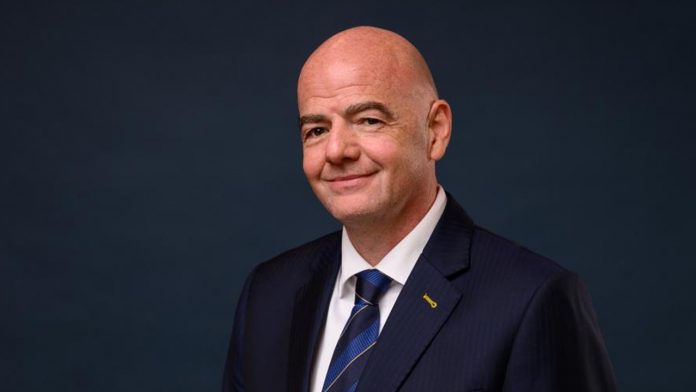Gianni Infantino, the president of FIFA, claims to be “a happy man” but the women on the pitch, not the males at FIFA, should take the credit.
Hilda Magaia scores a goal for South Africa in the 92nd minute of their goalless FIFA Women’s World Cup match against Italy. Thembi Kgatlana scores the goal after Thembi Kgatlana receives a curling pass from Magaia, who had earlier given her nation its first-ever Women’s World Cup goal. Magaia advances past three lunging Italian defenders. The round of 16 has been reached by South Africa, which is competing in its first Women’s World Cup.Even though it is arguably the most shocking upset outcome of this World Cup, it is by no means the only one: Pundits are noting indicators of a shrinking gender gap in women’s football, including Nigeria’s victory over co-host Australia, Colombia’s last-second victory over Germany, Portugal’s tie with the United States, and Jamaica’s advancement at Brazil’s cost.
With record-breaking domestic television ratings for Australia’s Matildas and ticket sales that far outpace those of their male counterparts, the Socceroos, the gap is decreasing and interest in the sport is increasing. These factors all contribute to the game’s expansion and decline in disparity.
Gianni Infantino, the president of FIFA, claims to be “a happy man,” but the women on the pitch, not the males at FIFA, should take the credit.
The Women’s World Cup served as a big venue for Infantino’s administration to celebrate “FIFA 2.0,” as it was the first competition to be awarded, developed, and held after the much-talked-about “roadmap” for the “restructuring” of football’s world governing body.
FIFA 2.0, which was published in 2016 in the wake of many high-profile corruption scandals, outlines measures that promise increased accountability, openness, and cooperation. An open commitment to developing women’s football and, in FIFA’s words, “bringing it into the mainstream” is a key component of the new agenda.
Undoubtedly, FIFA’s rising interest in and investment in women’s football contributes to part of the enthusiasm and attention surrounding the 2023 Women’s World Cup.
The World Cup should be expanded to 32 teams, as seen by the inspiring underdog victories thus far (although many people were rightly leery of Infantino’s pre-tournament claim that the expansion would spur investment because it would give some nations “a realistic chance of qualifying”).














